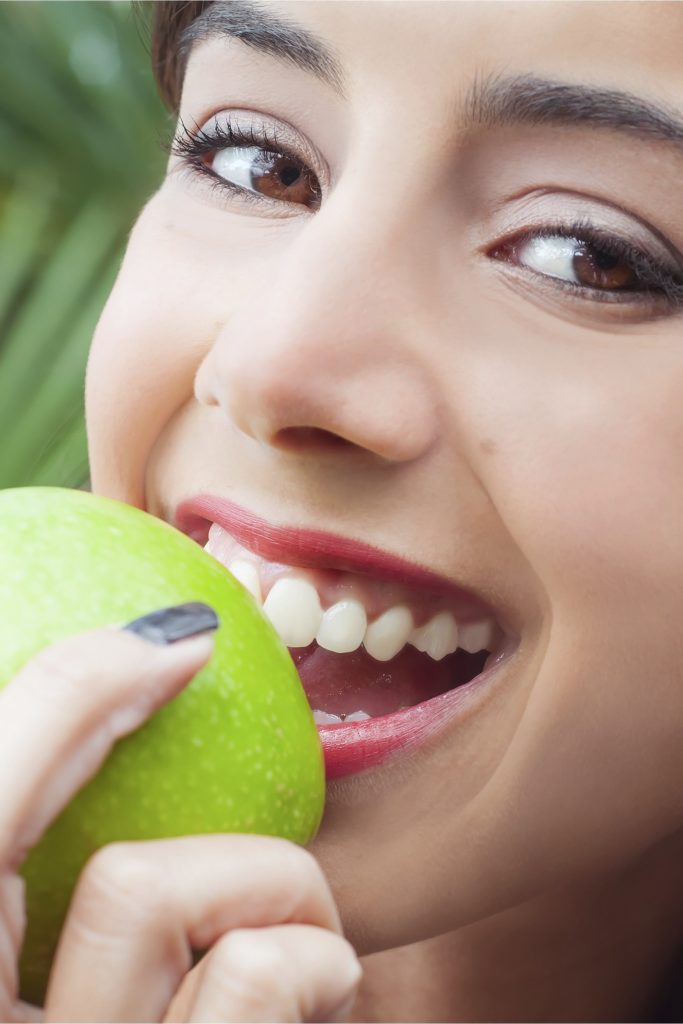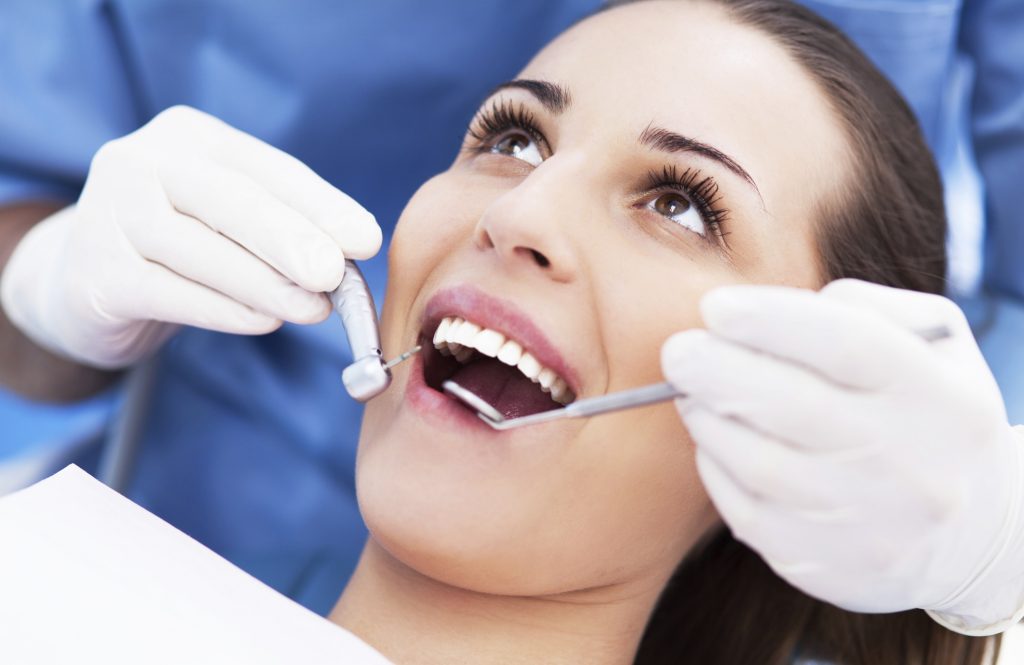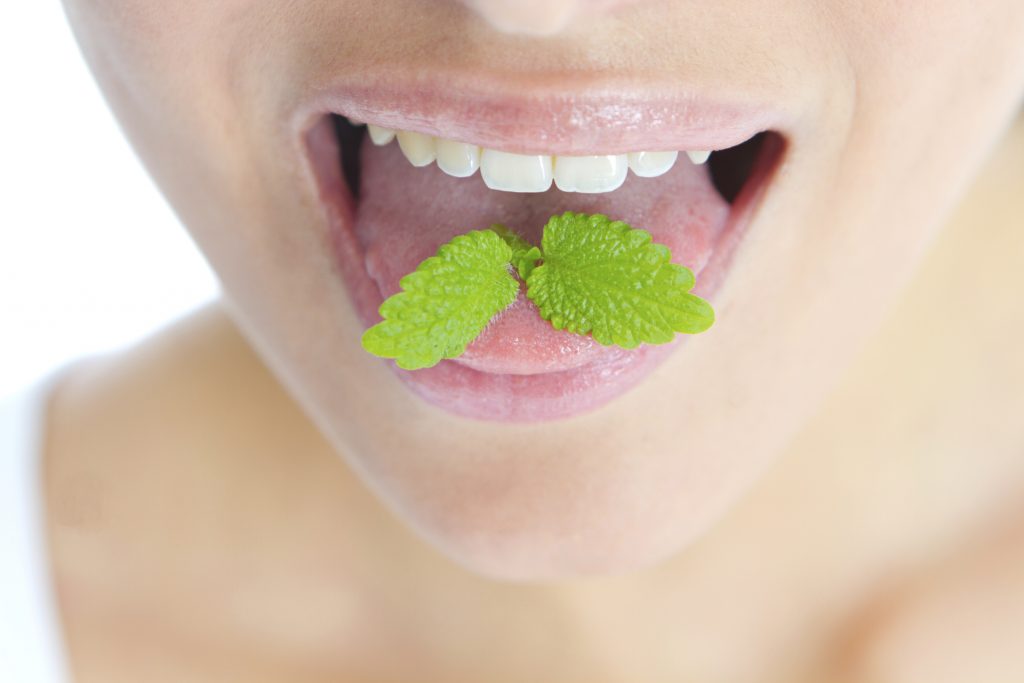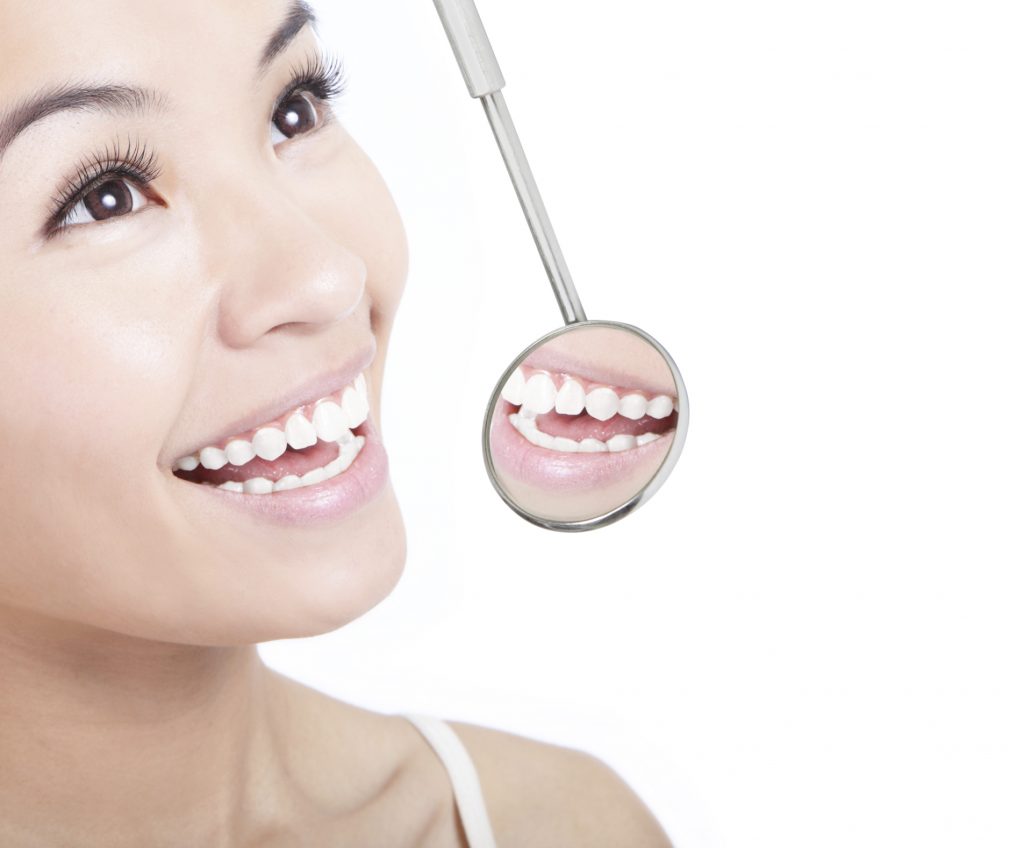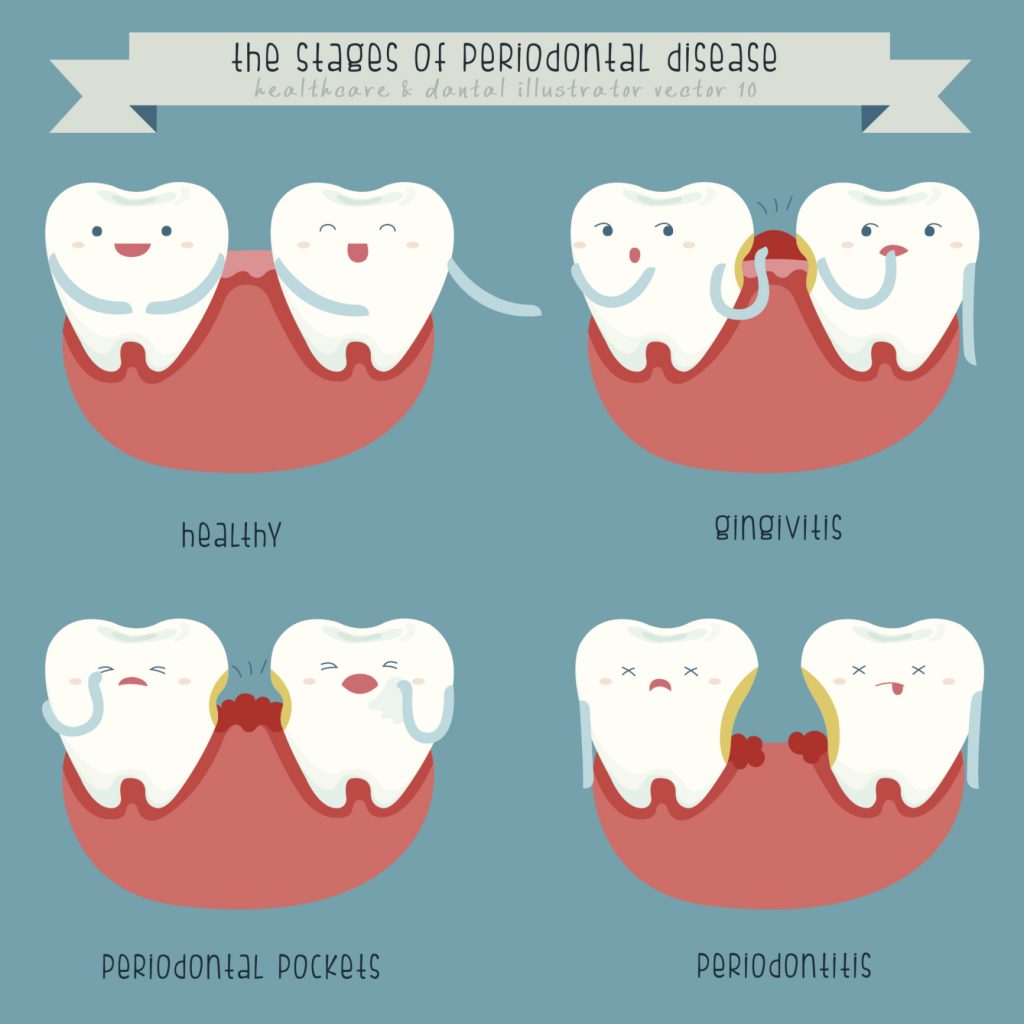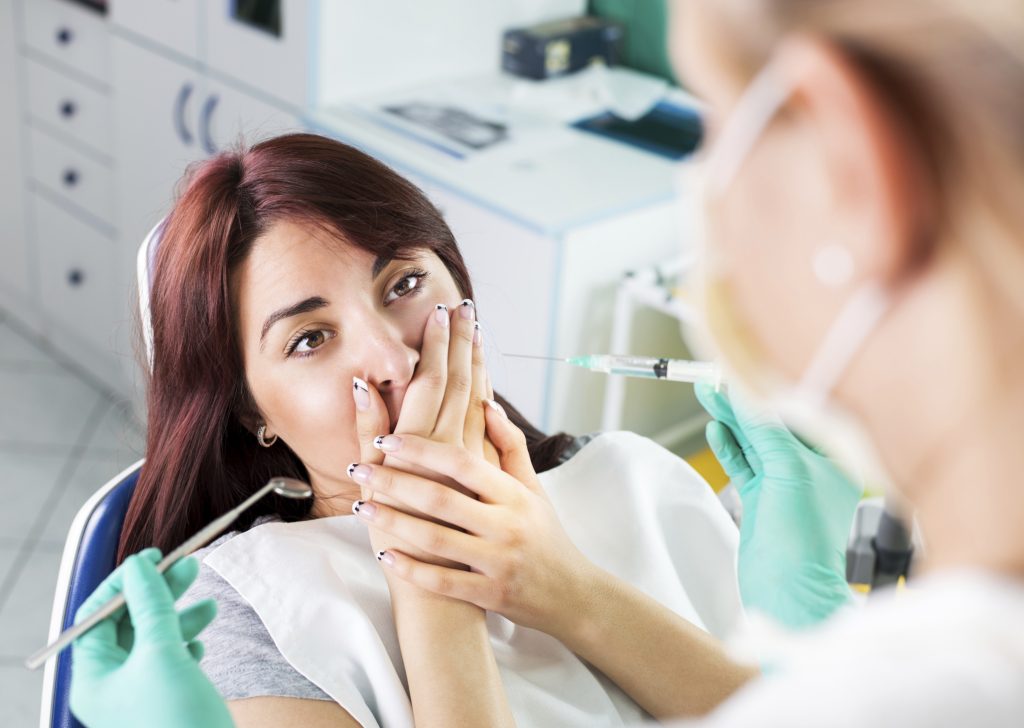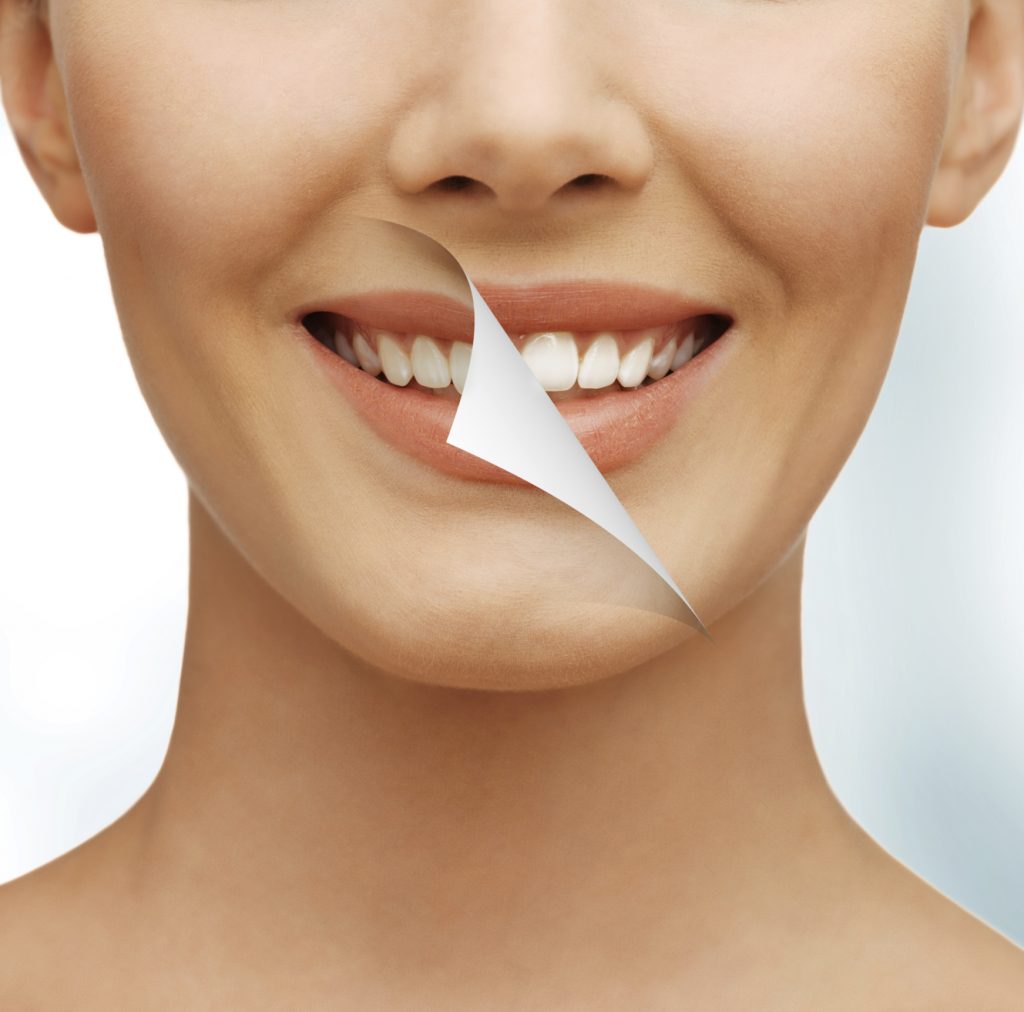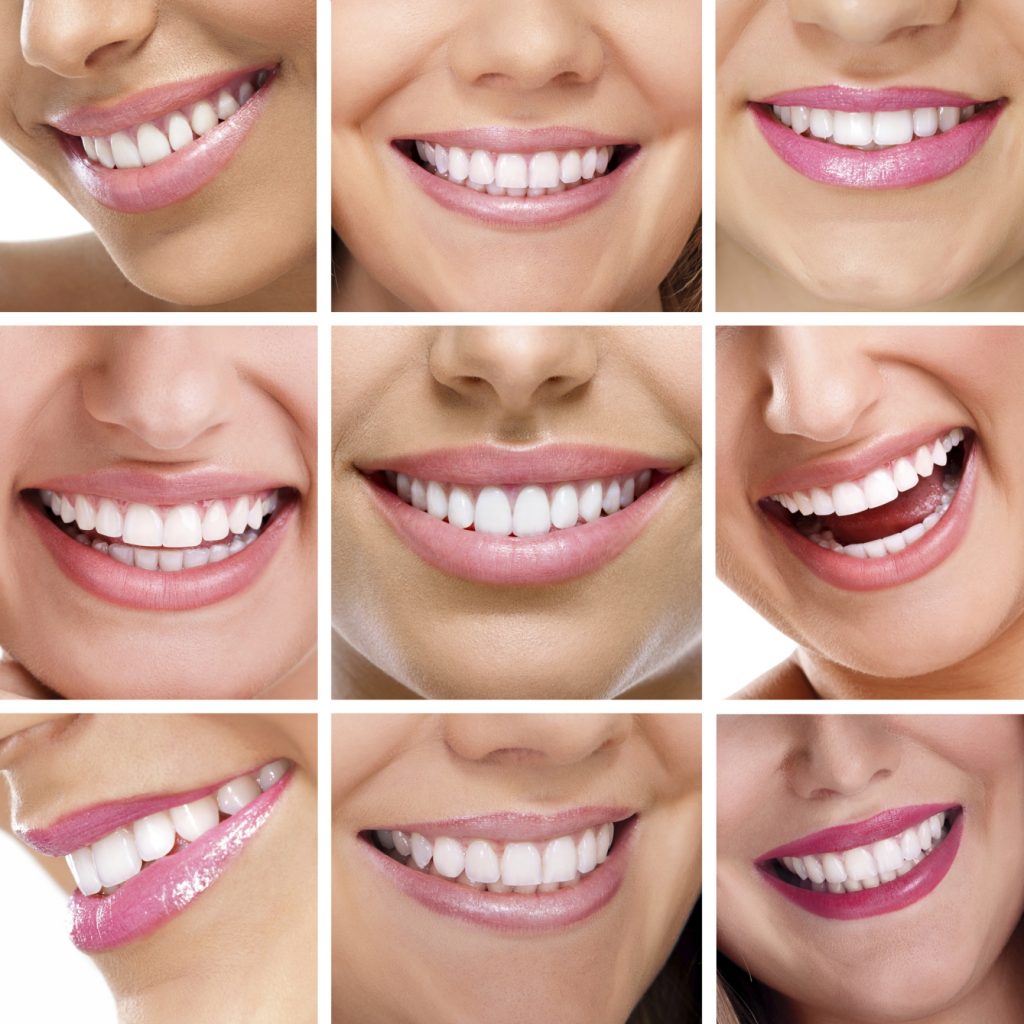
We all know that there are a few tools we need in order to maintain a healthy smile – a toothbrush, some toothpaste, floss and mouthwash. With these tools, we can achieve not only a healthy mouth but a bright smile that you’ll love to show off.
But what if you don’t have toothpaste handy, or you’ve just run out and don’t have time to run to the shop? There are some ways you can make your own toothpaste using very regular household items. Check it out!
Baking soda. There are lots of toothpastes that contain baking soda, so this shouldn’t sound so foreign to anyone. This ingredient helps whiten teeth and remove plaque. Simply place some on your finger, paper towel, or washcloth before brushing your teeth.
Saltwater. Salt has natural antibacterial qualities that can help eliminate some of the plaque-causing germs in your mouth when you don’t have any toothpaste. Simply combine 1–2 teaspoons of salt to 8 ounces of lukewarm water and allow the salt to dissolve in the water. Then dip your finger, paper towel, or washcloth in the saltwater before brushing your teeth, or use the elixir as a rinse afterwards. Just be aware that salt can corrode metal fillings so if you have some, don’t use this method too frequently.
Strawberries. This may sound crazy to you, but strawberries have malic acid, which can help whiten teeth, vitamin C, to maintain gum health, and an astringent that helps remove plaque. So, crush up some strawberries & apply to your teeth, even when mixed in some baking soda. When you finish, rinse well with water as strawberries still have sugar and fructose, both of which can cause tooth decay.
If you have questions or concerns about toothpaste alternatives, make an appointment today with Dr. Schnall at 212-247-7059 or visit our website at www.philipschnalldmd.com.
Dr. Philip Schnall proudly serves Central Park West and all surrounding areas.

